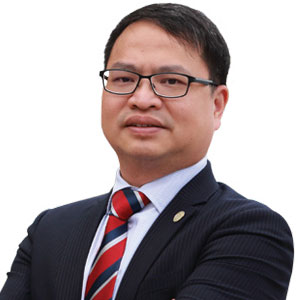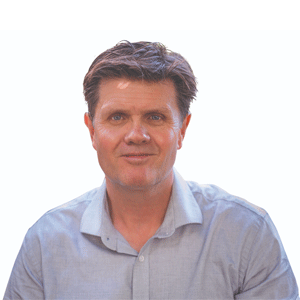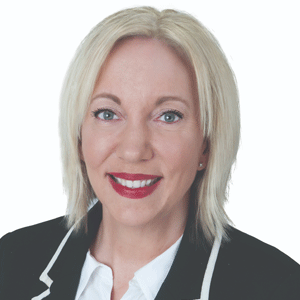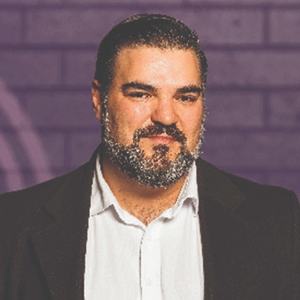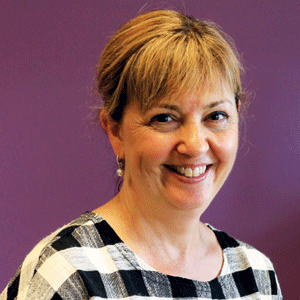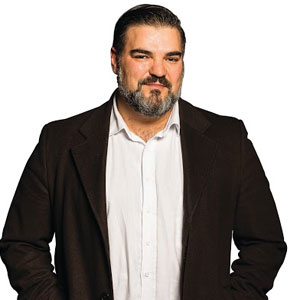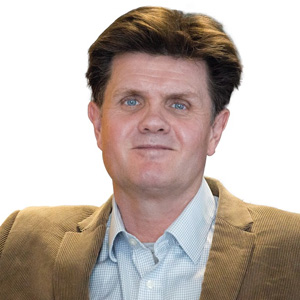THANK YOU FOR SUBSCRIBING
Editor's Pick (1 - 4 of 8)

Constructing the Future of Education
Leah Worthington, Marketing Officer, The University Of Western Australia

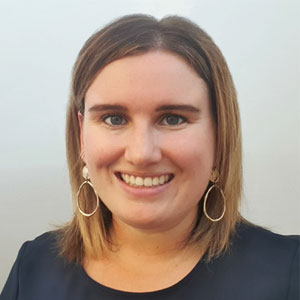
Leah Worthington, Marketing Officer, The University Of Western Australia
“Where gaps existed, we identified technologies and delivery partners with a track record of success at other institutions, and reached out to them.”
Consequently, the building and its systems are so closely interwoven that students are able to run experiments on the structure itself, using digital twin technology.
“The EZONE building has been designed as a living textbook, with a range of sensors embedded throughout the space,” Dianne explains. “Output from the sensors will be pulled into a central database, which can be used to build near real-time visualisations of the structural, hydraulic, electrical and HVAC systems, and also to create a historical data lake.
“Data from the digital-twin sensors will be available to students via an Application Program Interface (API), as well as through building dashboards. This capability will be directly integrated into teaching and learning, with students able to model and optimise the performance of the building and perform experiments using the entire building as the laboratory.”
Another practical element of EZONE’s technology is real-time measurement of space and asset availability, monitoring occupancy and scheduled usage of spaces, as well as the location of assets such as mobile lab and teaching equipment. The technology is still being developed as part of the ongoing building process, but eventually students will be able to use a specially created app to search for a room or piece of equipment that suits their needs, check its availability, make a booking and be guided to its location.
While the time-saving implications are clear, the new app will also contribute directly to future-proofing the building. “The app will combine various telemetry from building sensor systems to monitor common spaces and provide information about how many people are currently in the building,” says Craig. “That will help us understand utilisation of space within the EZONE and inform future design.”
Other planned innovations include Internet Protocol video management, allowing the whole building to be converted into one big teaching venue, or to be used as a stage for live-streamed events. Every meeting room and some teaching spaces will be equipped with video-conferencing technology – for easier industry engagement, and remote teaching and learning – and the Wi-Fi has been carefully engineered to ensure optimum performance.
And with technology constantly evolving, the plans for the future of EZONE are similarly fluid, with a host of upgrades and enhancements in the works.
“The EZONE project will continue long after the last tradie has left the site,” says Craig.“We are currently looking at further increasing the technology services we offer to industry partners in the Industry Engagement Space, a massive screen to create a huge outdoor function space, and, probably most exciting, working with students from UWA Makers and staff from the Faculty of Engineering and Mathematical Sciences to look at turning mobile equipment into autonomous vehicles that can navigate the building on their own!”


